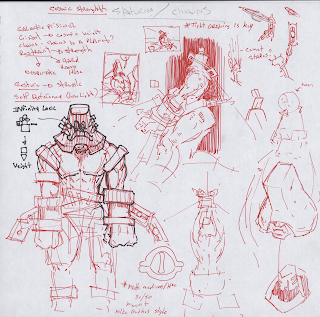Acrylic mediums/mixes 2024
Wet Medium
-1/3 distilled water
- 1/3 retarder (liquitex/golden brand)
-1/3 flow improver/slow dry medium (liquitex/golden/winsor & newton brand)
Magic Medium
-1/3 distilled water
-1/3 modeling paste (liquitex/golden brand)
- 1/3 matte medium (liquitex/golden brand)
Simkins slow dry medium + water atomizer
-1/2 retarder (nova color brand)
-1/2 slowdry matte medium (nova color brand)
(use cheap water atomizer/air brush)
I learned this mix from Greg "Crayola" Simkins. He uses it as a broad means to get really soft effects in his large artworks. I use it more for getting unique edges in portraits or focal elements. So on a portrait for example, I would premix my acrylic paint on a stay-wet palette (for the portrait), Then spread a thin layer of slow dry medium over the portrait. Then while painting the portrait every few minutes or so give the area I am painting a light spray of water to keep it moist. Not too much water to make to the paint run, just enough to keep it workable. I have gone almost an hour of keeping the paint open like this. This is great for those areas in a piece where an edge has to have a certain degree of softness or nothing will look right. usually on noses or form shadows of faces.
Isolation Coat
-1/2 GAC 200 (liquitex/golden brand)
-1/2 Clear Gesso (liquitex/golden brand)
This has mostly replaced "magic medium" for me, since it adds "tooth" from the clear gesso, and a solid semi gloss from the GAC 200. This great because at the end of the day of building up an acrylic layer (which becomes glossier, and smoother as you paint) I can see the true values of my painting at this stage, and it seals the lower levels of the painting under a brand new toothy layer. I think of it as "Saving" in a digital file. So the next day I can be rough to the painting knowing I won't disturb the lower layers at all. I also add this medium to the surface before switching to oils, since the oil paint now has a mechanical "grab" to the painting, rather than a slippery surface that slides all over the place.
Hope this helps anyone who is having some trouble with acrylics. Acrylics were designed to dry fast, so don't be too mad at the medium for doing what it is meant to do. That being said though, it can be tweaked just enough to get consistent results which make it such an interesting, and safe medium to work with. Now go out, and experiment, and find out what works out for you, and your works.


















































